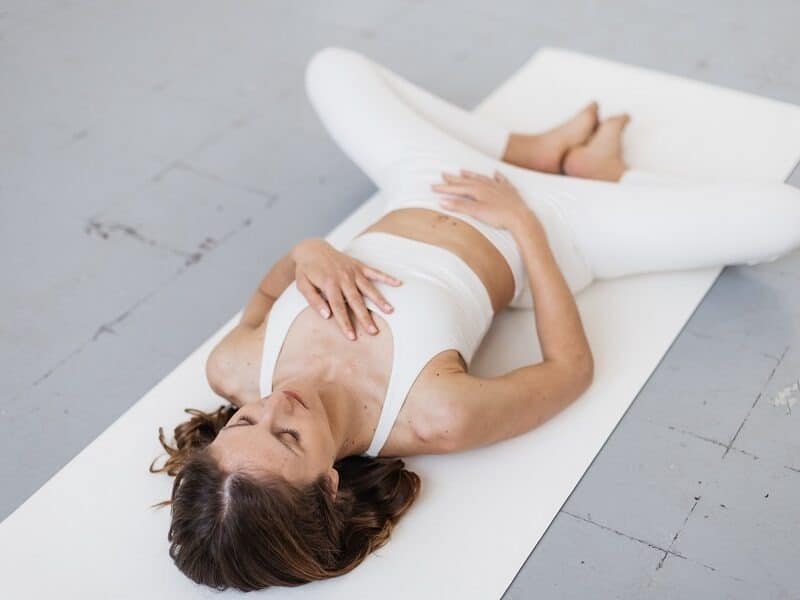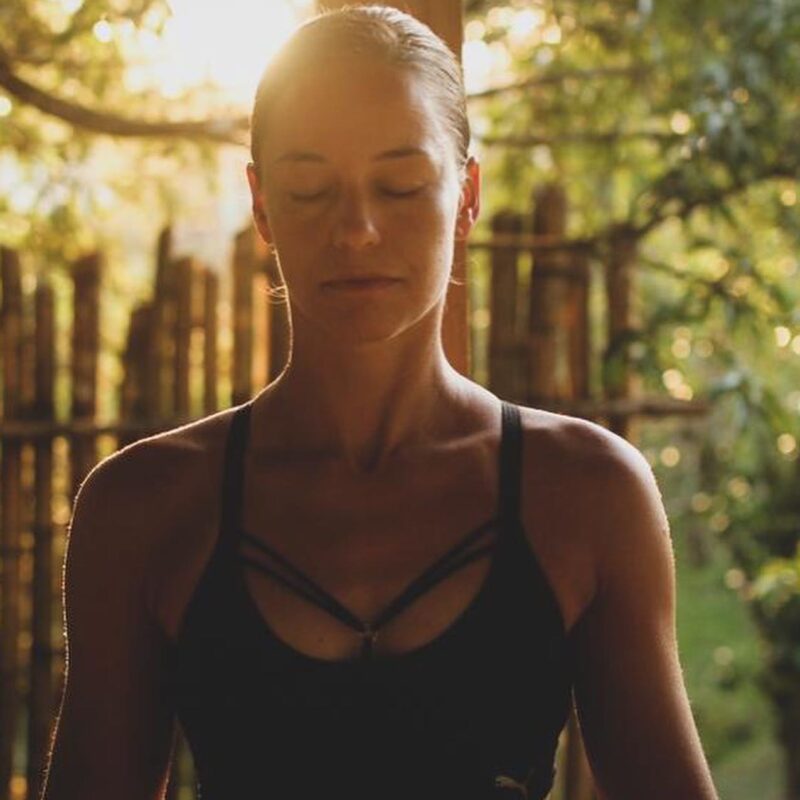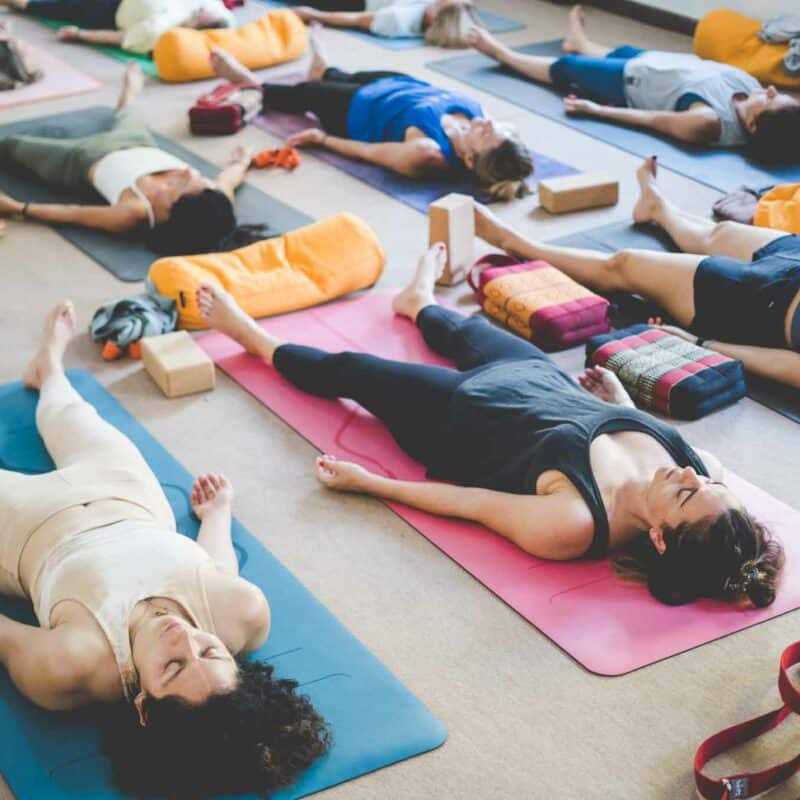How I Observe The First Three Yamas
My personality profile type is "Cautious Thinker". If you've ever done the DISC profile quiz, you'll recognise that us "high Cs" LOVE detail, and perfectionism is our curse. If we bought a new TV, we are the type of people that would read the whole manual before even turning it on.
When I first started yoga via Les Mills BODYBALANCE, I continued to be all about the detail. I would ask so many questions about the precise angle, length, position and orientation of every single body part as I thought it was an exact science and wanted to get it right! It didn't help that coming from a professional dance background, the onus was always on precision and uniformity. I’d also been to certain types of yoga classes where alignment was key, and whilst I loved that focus on technique, I couldn’t help but feel inadequate at times when I failed to nail the precision the teacher was asking of me.
A Change Of Heart
As time went by and I practiced more yoga, as I got older, and in fact, after my yoga teacher training, I became much more accepting and open to the thought of doing what's best for my body, not what’s best for the ego. I'm not sure what triggered this release, (it was probably yet another injury and having to limp through classes that made me take stock), but either way, this was a massive learning milestone for me. Then I came across this quote:
What a brilliant mantra! Instead of brute-forcing or pushing the body into poses it's not happy to move into, why not make the pose adapt to our own capabilities? We are all anatomically very different. Couple that with the lifestyles and stories that mould us throughout our lives, we cannot expect for a moment, to execute a pose in the same way as anyone else. Therefore, if, as the teacher I ask you to place your toes in this direction, your knee here, and your hips there then I am being unkind and unrealistic. The minute we understand that yoga should feel GOOD is when the magic happens.
And here’s where this concept ties in perfectly with Patanjali’s first three Yamas
1. Ahimsa (non-violence)
2. Satya (Non-lying or truthfulness) and
3. Asteya (non-stealing)


We can practise being non-violent towards ourselves (and our students) by not urging ourselves to go beyond our current capabilities. Be happy with where we are right now. Enjoy THIS moment. Satya can be practised by being honest with oneself – “is this pose variation right for me TODAY?” “Do I really want to do practice today?” Maybe the answer is “yes” today, but “no” tomorrow. The important step is to recognise this and make a change or go with the flow. Asteya can be practised by not stealing the experience away from the body by letting the ego egg it on to somewhere that’s not best for the body today. Sure, maybe last week you had no problem at all getting into splits, but is it still the right choice for today?
In my eyes, yoga shouldn't be a test of endurance, or a competition to see who can do the craziest poses. Fundamentally, (for me), yoga is a tool of healing and of maintenance; body AND mind. It is physiotherapy and psychotherapy we do for ourselves. The added bonus is that this sense of wellness and well-being usually transforms the mindset and lifestyle choices of the practitioner, leading to a much more loving and generous existence.
Yama-Stay? How honest are you with your own practice? Why do YOU do yoga? Does your body love it every time? Or is it asking you for something else? It would be great to hear your answers or experiences in the comments!



